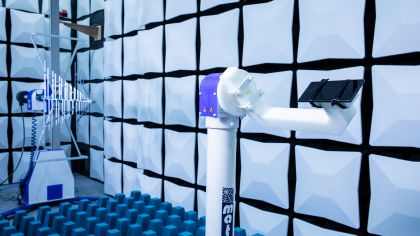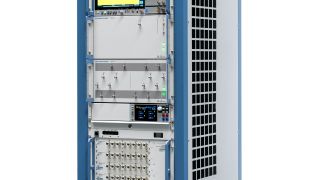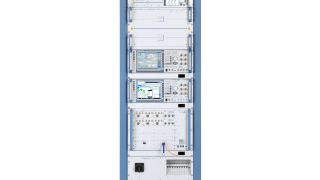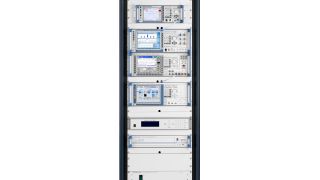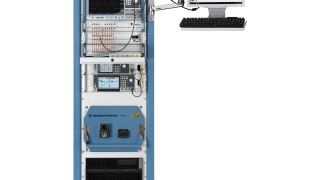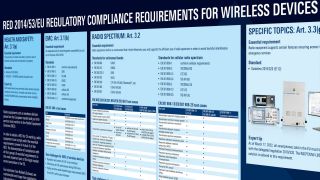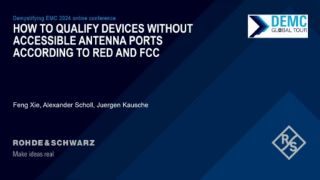Testing for RED 3.2
RED RF testing
RED article 3.2 outlines requirements that are essential for devices to support efficient spectrum usage and avoid harmful interference. This directive applies to a wide range of devices operating on both cellular and unlicensed bands. As technology continues to advance, RED 3.2 compliance is increasingly important for manufacturers, not only from a regulatory perspective but also to ensure the performance and reliability of devices in various environments. To demonstrate compliance with RED 3.2, devices undergo a series of rigorous tests designed to assess their transmitter and receiver capabilities according to ETSI standards. Typical test cases include output power, sensitivity, spurious emissions and antenna performance. This ensures that devices meet the necessary benchmarks for safe and effective operation.
RED RF test for cellular devices
ETSI EN standards provide the framework for cellular device testing, aligning closely with 3GPP RF conformance tests but also including unique radiated test cases, such as total radiated power (TRP) and total radiated sensitivity (TRS). Key standards include EN 301 511 for GSM mobile stations and the EN 301 908 series for LTE and 5G NR devices including:
- EN 301 908-1: Common requirements for all technologies
- EN 301 908-13: E-UTRA user equipment
- EN 301 908-14: E-UTRA base stations
- EN 301 908-24: New Radio (NR) base stations
- EN 301 908-25: New Radio (NR) user equipment
With the further development of 3GPP cellular standards, devices with non-terrestrial network (NTN) or satellite support increase in popularity. From an ETSI standardization aspect, specific standards for mobile satellite service (MSS) and mobile earth station (MES) are developed as EU harmonized standards. Depending on the choice of satellite constellation, devices with NTN features require compliance testing according to EN standards for MSS/MES. These standards include: EN 301 441, EN 301 442, EN 301 444, EN 301 681, EN 302 574 and EN 303 981.
RED RF test for devices using unlicensed bands
Unlicensed bands, also known as license-exempt bands, are portions of the radio spectrum accessible without a regulatory license. However, compliance with RED 3.2 requirements ensures that devices operating in these bands do so without causing interference to other devices and services.
In the EU, three harmonized unlicensed bands are allocated within the 2.4 GHz, 5 GHz and 6 GHz frequency ranges. These bands predominantly host WLAN technologies based on the IEEE 802.11 standards, including:
- IEEE 802.11n (2.4 GHz, 5 GHz)
- IEEE 802.11ac (2.4 GHz, 5 GHz)
- IEEE 802.11ax (2.4 GHz, 5 GHz, 6 GHz)
- IEEE 802.11be (2.4 GHz, 5 GHz, 6 GHz)
The choice of wireless technology is unrestricted, but practical implementations often favor WLAN standards. Other technologies, particularly in the 2.4 GHz band, also share the spectrum.
To ensure compliance, ETSI has developed harmonized standards for unlicensed bands, including:
- EN 300 328: Data transmission systems operating in the 2.4 GHz band
- EN 301 893: Devices in the 5 GHz band
- EN 303 687: WLAN devices in the 6 GHz band
These standards define test scopes that include RF tests (transmitter and receiver performance) and protocol-related coexistence tests like:
- Dynamic frequency selection (DFS): Ensures that devices in the 5 GHz band avoid radar interference by switching frequencies or halting transmission
- Listen before talk (LBT): A mechanism used in WLAN to check for channel availability before transmission, minimizing interference in unlicensed bands




